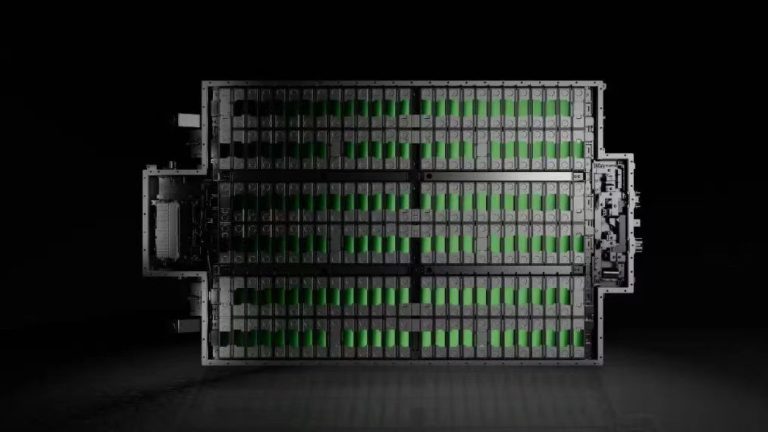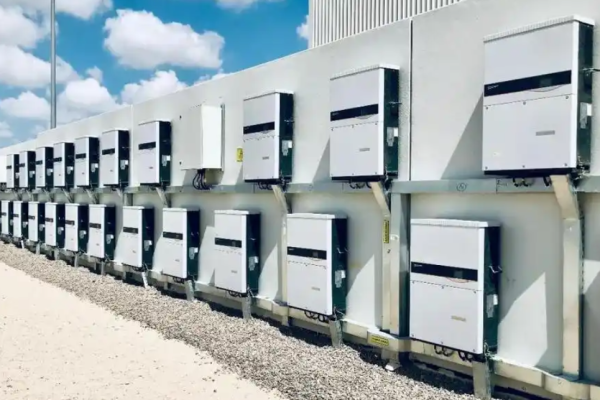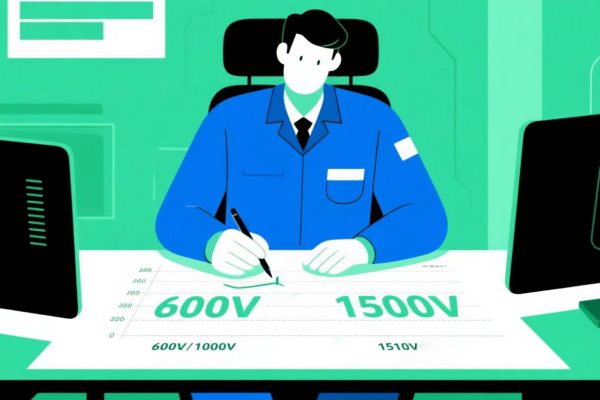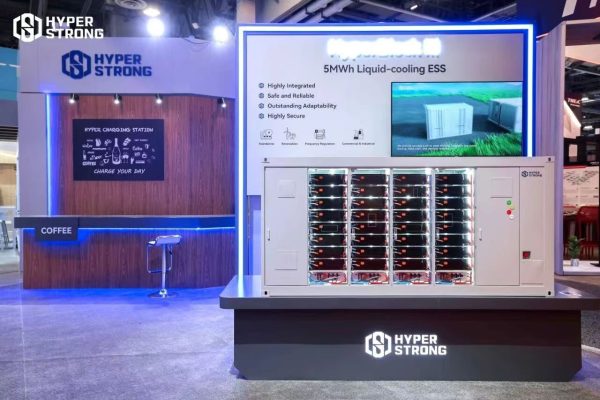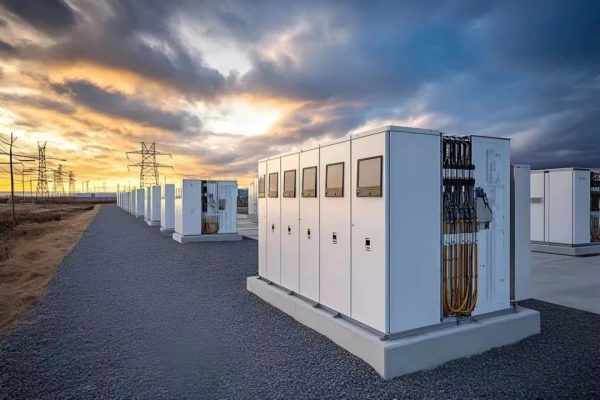Why It Matters for Safety, Compliance, and System Stability
If you’re installing or sourcing a grid-tied inverter, you’ve likely come across the term anti-islanding protection. While it may sound technical, it’s actually a critical safety function — and failing to understand it can result in non-compliant systems, safety risks, and interconnection delays.
In this guide, we’ll walk through:
- What is islanding and why it’s dangerous
- How anti-islanding protection works
- Passive vs. active methods
- Implications for hybrid systems with storage
- Key standards and testing requirements
- Practical guidance for installers and buyers
What Is “Islanding” in Power Systems?
In simple terms, islanding occurs when a solar inverter continues to power local loads even after the grid is disconnected.
For example:
- A solar PV system is producing 4kW.
- The home consumes 4kW.
- The grid suddenly goes offline due to a fault.
- The inverter keeps running, unaware the grid is gone.
This may seem helpful — power is still available, right?
Unfortunately, it’s a serious hazard for:
- Lineworkers repairing the grid who may face live circuits.
- System stability, since islanded systems can drift in voltage and frequency.
- Equipment damage, when the grid comes back and phases don’t match.
That’s why utility codes worldwide require that grid-tied inverters detect islanding and shut down within milliseconds.
What Is Anti-Islanding Protection?
Anti-islanding refers to the inverter’s built-in ability to detect the loss of grid power and cease output immediately.
Key Objectives:
- Prevent backfeed into the grid during outages
- Ensure safety for utility crews and the public
- Maintain grid synchronization integrity
- Comply with interconnection standards (e.g., UL 1741, IEEE 1547, VDE 0126)
Without reliable anti-islanding, grid-tied inverters are not legally allowed to operate in most regions.
Types of Anti-Islanding Detection
Inverter manufacturers use a combination of passive and active detection strategies to ensure a quick and reliable shutdown.
1. Passive Detection
Passive methods rely on monitoring power parameters. If these go outside normal limits, the inverter shuts off.
Parameters Monitored:
- Voltage (e.g., above 264V or below 200V)
- Frequency (e.g., >60.5Hz or <59.3Hz)
- Phase shift or harmonic distortion
🔸 Pros: Simple, low hardware requirements
🔸 Cons: May not detect “perfect match” islanding (where PV output = load)
2. Active Detection
Active methods intentionally disturb the system and watch for responses. If the grid is connected, it will absorb the disturbance. If not, anomalies show up quickly.
Examples:
- Sandia Frequency Shift (SFS)
- Slip Mode Frequency Shift (SMS)
- Impedance Measurement
- Active Current Injection
🔸 Pros: Detects even balanced island conditions
🔸 Cons: May require more advanced control firmware or external sensing
3. Grid Code-Specific Methods
Different countries and utilities may require specific methods, such as:
- LVRT/HVRT (low/high voltage ride-through)
- Anti-islanding with ROCOF (Rate of Change of Frequency)
- Volt-Watt / Volt-Var droop control
Always check local interconnection standards before selecting inverters for export or installation.
What Happens When Islanding Is Detected?
Once a grid disconnection is detected, the inverter performs the following sequence:
- Disconnects from the grid within 0.16–2 seconds, depending on the standard.
- Enters a standby or fault state, ceasing all AC output.
- Continues to monitor grid voltage and frequency.
- Reconnects only after a stable grid is detected for a defined time (e.g., 5 minutes).
This process prevents unsafe reconnections and keeps grid power restoration smooth.
Special Case: Hybrid Inverters with Batteries
Many residential and small commercial systems now use hybrid inverters — capable of working on-grid and off-grid.
So what happens when:
- The grid fails, and
- You want the battery + PV to keep powering local loads?
This is where islanding must be intentional and controlled.
Key features required:
- Transfer switch or built-in grid-disconnect relay
- Isolated backup output port (EPS or critical loads)
- Fast switch time (<20ms) to avoid disruption
- Inverter capable of generating a stable grid-forming signal
⚠️ Important: In this mode, the inverter must not backfeed to the main grid — anti-islanding protection remains active on the grid side.
What Buyers and Installers Need to Ask
When sourcing or designing a system, clarify the following:
| Question | Why It Matters |
|---|---|
| Does the inverter meet local anti-islanding standards? | Required for grid connection approval |
| Does it support both passive and active methods? | Increases detection reliability |
| Can it support controlled islanding (backup output)? | Important for hybrid / battery systems |
| Does it reconnect automatically after grid return? | Improves user experience |
| Are test certifications available (UL 1741, CEI 0-21, etc.)? | Needed for inspections and incentives |
Also check if the inverter supports external anti-islanding relays for added protection in large systems.
Anti-Islanding Testing and Certification
Globally, several standards cover anti-islanding performance. The most common include:
| Region | Standard | Notes |
|---|---|---|
| US | UL 1741 SA | Includes ride-through and anti-islanding |
| Europe | EN 50549, VDE-AR-N 4105 | Required in Germany and many EU markets |
| China | GB/T 19964-2021 | Newer grid-tied and storage system standard |
| Australia | AS 4777.2 | Stringent islanding and voltage/frequency control |
Make sure your inverter has valid test reports or certificates before importing into these markets.
Common Pitfalls to Avoid
- ❌ Assuming all inverters have anti-islanding: Some cheap or old models may not comply.
- ❌ Using grid-tied inverters in off-grid projects: They won’t run without grid signal.
- ❌ Mismatching firmware with local code updates: New grid codes often require firmware upgrades.
- ❌ Failing inspection due to lack of certification: Utilities may block connection if anti-islanding protection is not proven.
Summary: A Safety Feature You Can’t Ignore
Whether you’re building a simple home PV system or a hybrid storage setup, anti-islanding protection is not optional. It’s a safety standard that protects both people and infrastructure.
✅ Understand the inverter’s detection methods
✅ Make sure it’s certified for your target market
✅ Design hybrid systems with intentional islanding logic
✅ Don’t mix grid-tied inverters into backup scenarios without isolation





